We’re looking at over 23% growth: Shashank Surana on Pulse Candy
Pass Pass Pulse, from Dharampal Satyapal Group, launched in April 2015 in Kachcha Aam flavour, crossed the Rs 100-crore mark within eight months of its launch. The brand created a rage in the stagnant hard boiled candy market, which was in dire need of innovation. The category maker in the hard-boiled candy segment has now become the ‘Pulse of the nation’.
DS Group started the test marketing of Pulse Kachcha Aam Flavour in Rajasthan in January 2015. The test marketing was received with a phenomenal response. In April 2015, the product was officially launched in Gujarat, Rajasthan and select areas of Delhi NCR.
They understood that regular flavours and products in this category would not work, and therefore, focused on innovation. During their research, they realised that Kachcha Aam (raw mango) is a flavour that is eaten by people across India in some or the other form, and is a flavour that is most popular across all age-groups. They also got the insight that Kachcha Aam is eaten with a mixture of salt and spices to add more flavour to it. Pulling together these insights, they started working on creating a product out of it and came up with Pulse Kachcha Aam.
In conversation with AdGully, Shashank Surana, VP - New Product Development, DS Group, traces the growth of the Pulse candy and shares the factors that have made it such a success. Excerpts:
AdGully (AG): How big is the hard-boiled candy market in India and what is its year-on-year growth rate? What is Pass Pass Pulse Candy’s share of this market?
Shashank Surana (SS): The hard-boiled candy segment is about Rs 2,300 crore now. And Pulse is the new launch. So, right now we are about 7-8 per cent of the market.
AG: What have been the growth drivers for the hard-boiled candy segment vis-a-vis the soft toffee and éclair segment?
SS: The hard-boiled candy segment has evolved over the years. As far as the soft-chew and toffee segment is concerned, they have not evolved so much and far as Indian consumers are concerned, they are more habitual to hard-boiled candy segment. With the launch of Pulse there has been a lot of excitement in the category and the category has moved from single-digit numbers to double digit numbers in terms of growth. I think that innovation is a certain thing that is required for any category, so that is actually one of the drivers for the category to grow. Another factor is understanding what your consumers want. That’s very critical for every category. The industry growth rate in 2014-15 was around 12 per cent and before that it was about 9-12 per cent, whereas this year the industry has showed very good numbers with 23 per cent growth; some of that actually was also contributed by Pulse.
AG: What are the factors that have contributed to Pulse Candy reaching Rs 100 crore within eight months of its launch?
SS: If I were to talk about the success, about the parameters, I would start with the 4P’s of marketing. I would start with the Product – the product has to be something which consumers want, something which can be differentiated, which can be value-added, that is what was there with Pulse. The market was stagnant. There were only two flavours coming in. There was something new that could be added to the market. So I think the product differentiation was very critical at this point of time and in fact, the ‘Kaccha Aam’ flavour’s contribution would be about 26 per cent of the total industry, while ‘Mango’ flavour contributes around 24 per cent. So together, Mango as a category contributes about 50 per cent and that’s a huge number. While raw mango is seldom eaten on its own owing to its sour flavour, in candy form with its sweet and tangy flavour, it was very well received. That was actually one of the insights that we took and we tried to capture that insight into the candy format. That’s what the differentiation was.
Now coming to the Price of candies, most were priced at 50 paisa. Only 14 per cent of the industry was priced at Re 1. So it was a major decision for us to take for the Pulse’s price point, because ultimately you have to go for Re 1 in the long term. At 50 paisa, the companies are providing the 2.5 gm candy; you know to experience this product you need a basic mass to it, you need a basic grammage to it and that is 4 gm. And for that you need a price point of Re 1 because you are giving a value-added product. Consumers are value conscious and cost conscious. Thus, they were getting both value and cost in the Pulse candy. Another thing was that the packaging stood out as well, in terms of the old segment, the colour combination was very much liked by the consumer and it was easy to identify this product.
Moving on to the Placement, at DS Group, we reach more than a million outlets directly. That is one of our strengths and piggy backing on that strength we made available the Pulse candy, along with the Paan Plus and all retail outlets. So that is the entire distribution channel.
When it comes to Promotion, the question that everybody asks us is how we made this brand without marketing and promotion. And I would always say the same thing – that promotion doesn’t mean only a TV commercial. It is a much wider perspective than a TVC. We did a lot of outdoor promotions. The main objective for us was to deal with the consumer and get them to like the product. If you just go back two steps, how does word-of-mouth happen? It happens only when you try the product, like the product and recommend that product to your friends. So that only happens when you do the trail. So we did that and the consumers liked the product and started to do word-of-mouth. That, in today’s day and age, is very difficult to achieve. And all the word-of-mouth marketing for Pulse happened from the digital space, along with the offline spaces. But digital was one of the major platforms for word-of-mouth, where celebrities tweeted about the product, about the experience of the product, etc. So a lot of material content on Pulse is there on digital to the extent that people have made their own advertisement on it.
AG: Parle’s Mango Bite has been a strong player in this segment. How are you competing on the mango flavour front?
SS: We not competing with anyone, everybody is competing with their own product. We need to get the right product at the right time to the right audience, there is no competition there. Whatever competition there is, it is healthy competition. We created this category, and now there are big companies getting into this category, so the category is expanding. Whenever any new player enters the category, the category only expands.
AG: Who is your creative agency for the brand?
SS: Right now we are working on getting an agency on board. We have initiated a pitch process and are in discussions with a lot of agencies. We are evaluating different combinations with different agencies and their communications.
AG: Going forward, what is your strategy to grow Pulse Candy – in terms of market share, variants, distribution, price points?
SS: As I have mentioned, the strategy was very clear – listen to what your consumer want and deliver what you do the best. There has to be an amalgamation between the both – what you do the best and what your consumers want. And that is what our strategy has been from Day 1. In terms of market share, yes we have reached the numbers very fast and we would like to grow this number at the same rate next year as well. Hopefully, we are looking at double digit numbers soon. In terms of distribution, we would be growing the distribution market, of course. And as far as price point is concerned, we would like to be at Re 1 as of now.
AG: What is the revenue and volume growth that you are looking at for this fiscal?
SS: As I mentioned, the industry has grown by 23 per cent in this financial year, and we would like to grow in this industry – I would say at more than 23 per cent. In terms of volume growth, we are currently at 1,500 tonnes a month.


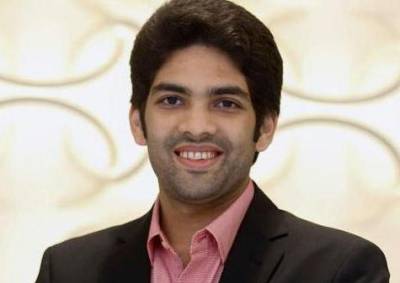

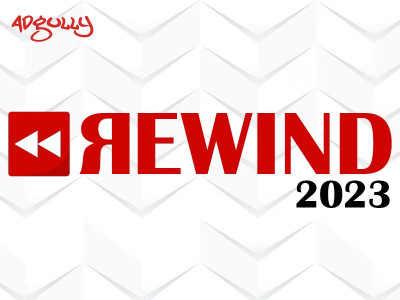
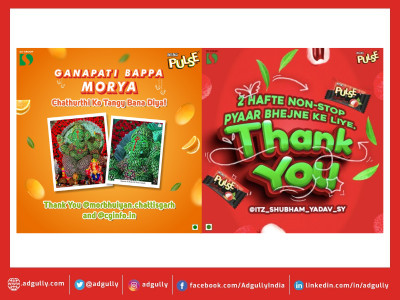
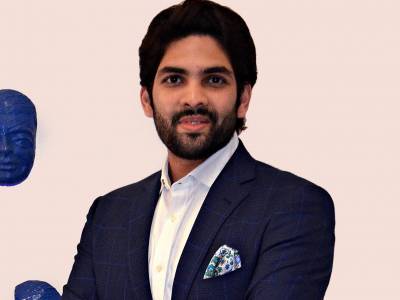
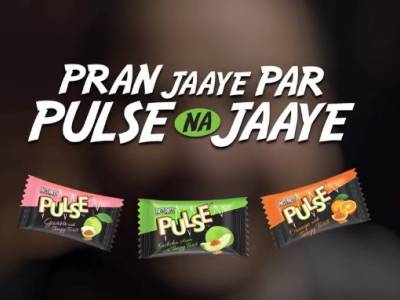

Share
Facebook
YouTube
Tweet
Twitter
LinkedIn